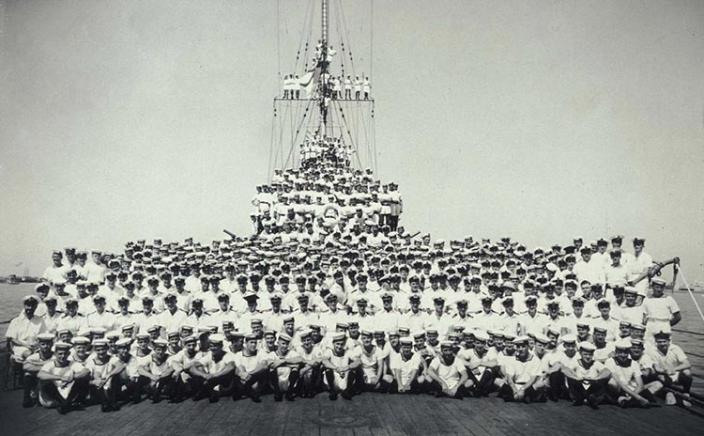The HMAS Sydney II Walk Trail is a significant historical and memorial trail that commemorates the tragic sinking of the Australian warship HMAS Sydney II during World War II. This self-guided walk trail offers visitors a chance to learn about the history and pay tribute to the brave sailors who lost their lives.
The trail offers a mix of indoor exhibits, paved paths, boardwalks, and natural terrain, providing a diverse and engaging experience in 2 locations, link by either a short car ride or a walk along the Old Tramway. As visitors embark on this journey, they will encounter a series of informative plaques and displays that guide them through the events leading up to the battle and the subsequent discovery of the wreck.
The trail begins at the Carnarvon Heritage Precinct, where visitors can explore the Interpretive Centre and gain insights into the story of the Leander Class light cruiser HMAS Sydney II. The Centre provides detailed information about the ship, its crew, and the circumstances surrounding its fateful encounter with the German raider HSK Kormoran.
Visitors will come across various memorial markers and sculptures that honor the 645 crew members who lost their lives, following the trail along lower boardwalk of the Fascine foreshore. These poignant tributes serve as a reminder of the sacrifices made during wartime and the importance of remembering and honouring those who served their country.
The HMAS Sydney II Walk Trail not only offers a historical journey but also showcases the natural beauty of the Carnarvon region. The trail starts at the Heritage Precinct, then resume at the Fascine Foreshore offering scenic views of the Indian Ocean and the surrounding landscape.
Overall, the HMAS Sydney II Walk Trail in Carnarvon provides a meaningful and educational experience for visitors. It allows them to connect with Australia's wartime history, pay respects to the fallen sailors, and appreciate the natural beauty of the area.

HISTORY OF THE HMAS SYDNEY II & THE HSK KORMORAN
By the first few months of 1941, the crew of HMAS Sydney II had already served their country well, winning battle honours for bravery in Mediterranean engagements. The light cruiser had arrived in Sydney to a heroes’ welcome and now, as they sailed off the coast of Shark Bay, perhaps the crew of 645 men could have rightly expected a respite from the heat of battle.
Fate had other plans. Just before 4pm on November 19, the cruiser spotted what looked like a merchant ship off the Gascoyne coast. The mystery boat did not identify itself despite requests from the Australian cruiser’s captain. Something wasn’t right; ostensibly this merchant ship was a Dutch ship, but it was actually a German auxiliary cruiser, the HSK Kormoran. Sailing under disguise, its mission was to lay mines in the shipping lane and disrupt merchant ships.
The ensuing battle was brutal and catastrophic for HMAS Sydney II. Just two hours after the HSK Kormoran had been spotted, the Sydney was fatally damaged by sustained firing from Kormoran’s torpedoes and guns. Despite the fact the Australian cruiser far-outflanked the German boat in terms of fire power, HMAS Sydney II sank, taking all 645 hands later that same night. In the battle the Kormoran was also damaged, and Captain Theodore Anton Detmers gave the order to abandon the ship and put to sea in five boats and two rafts. Of the original crew of 380 men, 318 survived. The first of the Kormoran survivors to be rescued were a group of 25, picked up by the British tanker SS Trocas on 24 November. More rescues followed, including one lifeboat containing 62 men and Captain Detmers.
Many Kormoran crewmen were held in the Carnarvon Gaol for just two days before walking the One Mile Jetty to join the others aboard the MV Centaur for the journey to Fremantle and, after interrogation, were dispatched to prisoner-of-war camps in WA and Victoria. The location of the remains of both ships were finally found in 2008.
A Walk of Remembrance around Carnarvon’s Fascine was created in memoriam of those who were lost, and the names of the Australian crew are etched on a wall, looking seawards near a memorial to HMAS Sydney II and the HSK Kormoran, pointing to the exact latitude and longitude of the wreck.
